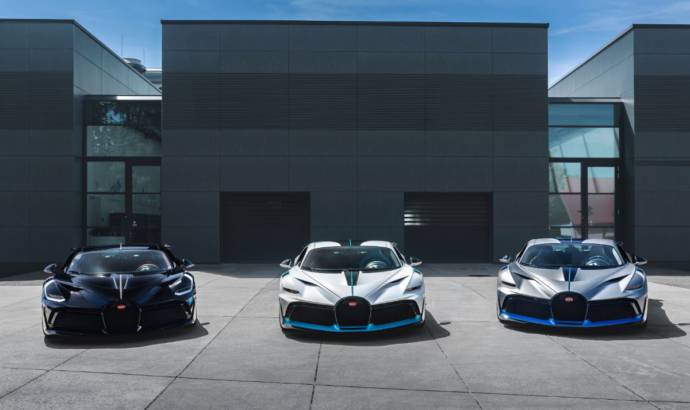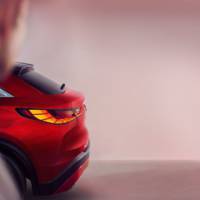After a long wait, Bugatti will begin deliveries of its Divo hypercar, the pinnacle of the current range. Since its world premiere in August 2018 the Bugatti Divo1 has been amongst the world’s most extraordinary hyper sports cars. Now the first of a total of only 40 Divo are being handed over to customers from the Atelier in the Alsatian town of Molsheim – at a net unit price of €5 million.
The new Bugatti also differs from the Chiron in terms of how it looks. Thanks to its slimmer sideline and additional air intakes to cool the brakes, the Divo looks flatter and more sporty. The bonnet now has air intakes that reduce the front sufrace of the vehicle and improve the air flow.
An optimised Aero Curtain ensures improved aerodynamics at the front and rear of the vehicle’s sides. The new front spoiler design creates more downforce, directing more air to the front air intakes. Four independent air sources on each side of the vehicle cool the brakes.
The compact, lightweight LED headlights with a narrow light opening measuring a mere 35 millimetres particularly catch the eye. These headlight slots featuring boomerang daytime driving lights extend far into the wings so that the radiator seems to be floating.
The complex 3D rear lights form part of the rear grille that was produced on the basis of procedures including 3D printing. It features special fins. A total of 44 of these fins light up and form the rear light. The stunning NACA Air Duct air intake featuring the central fin on the roof provides the 8.0-litre W16 engine generating 1,500 horsepower with its intake air. It simultaneously improves the aerodynamics, guides the air towards the 1.83 metre wide rear spoiler in a more targeted way and minimises turbulence.
The production process is also crucial for the Divo. This is the first Bugatti model to be created digitally. Designers and developers assessed the model using VR goggles, milled hard-foam models at a scale of 1:1 on this basis and had a look at the proportions from a distance of 30 to 40 metres to gain a better feeling for shapes and proportions.



